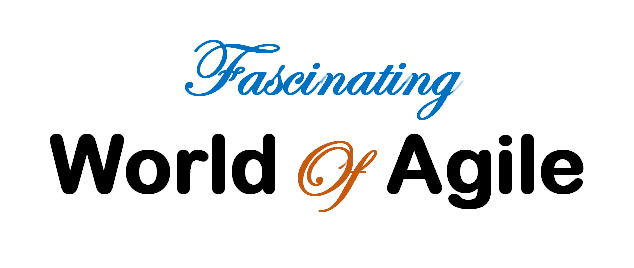Let us understand the essence and Intent behind the definition of the Chicken and Pig roles which is used by many in context of the Scrum Teams. Let us consider the following fable while defining the 2 roles – The Pig and the Chicken :
The fable was referenced to define two types of project members – pigs, who are totally committed to the project and accountable for its outcome, and chickens, who consult on the project and are informed of its progress. This analogy is based upon the pig being able to provide bacon (a sacrificial offering, for which the pig must die in order to provide) versus a chicken which provides eggs (non-sacrificial).
The Primary Scrum Teams (Pigs) in scrum are named as
Scrum Master, Product Owner, and Developers are considered as people who are committed to the project (Pig) while customers and executive management are considered as involved but not committed to the project (Chickens).
Scrum Teams are self-organizing and cross-functional. Self-organizing teams choose how best to accomplish their work, rather than being directed by others outside the team.
Cross-functional teams have all competencies needed to accomplish the work without depending on others not part of the team. The team model in Scrum is designed to optimize flexibility, creativity, and productivity. Scrum Teams deliver products iteratively and incrementally, maximizing opportunities for feedback. Incremental deliveries of “Done” product ensure a potentially useful version of working product is always available.
All the roles are based on the concept of “Servant Leadership”. Servant leadership is a philosophy where, the servant-leader shares power, puts the needs of others first, and helps people develop and perform as highly as possible.
